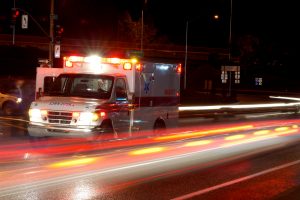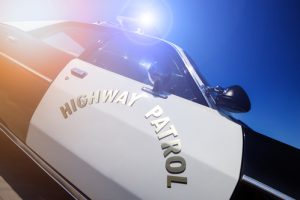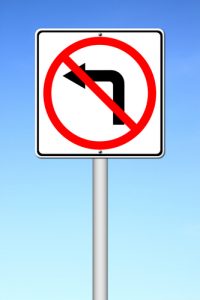 People in California must use reasonable caution when they drive to try to prevent accidents and injuries to others traveling around them. However, when drivers are confronted with sudden and unexpected dangers, they are not expected to use the same degree of caution that they would in calmer situations. In Abdulkadhim v. Wu, Cal. Ct. App. Case No. B298091, the court reviewed a case in which a man was forced to suddenly change lanes to avoid colliding with a stopped vehicle on the interstate when the man traveling behind him subsequently collided with the stopped vehicle.{1]
People in California must use reasonable caution when they drive to try to prevent accidents and injuries to others traveling around them. However, when drivers are confronted with sudden and unexpected dangers, they are not expected to use the same degree of caution that they would in calmer situations. In Abdulkadhim v. Wu, Cal. Ct. App. Case No. B298091, the court reviewed a case in which a man was forced to suddenly change lanes to avoid colliding with a stopped vehicle on the interstate when the man traveling behind him subsequently collided with the stopped vehicle.{1]
Factual and procedural background
Jasim Al-Kuraishi was driving his vehicle on Interstate !0 near Rosemead on Oct. 11, 2014, at 1:00 am. He was traveling in the westbound lane going approximately 70 mph. Tommy Wu was traveling in front of Al-Kuraishi in the same direction when Wu saw a vehicle that was stopped in the lane in front of him about 20 to 30 car lengths ahead. Wu changed lanes by moving into the high-occupancy vehicle lane and passed the stopped vehicle while traveling between 40 and 50 mph. After he passed the vehicle and was about 400 feet in front of it, he saw Al-Kuraishi’s vehicle crash into the stopped car in his rearview mirror. The force of the collision caused Al-Kuraishi’s vehicle to travel into a different lane, and his car was struck by a second vehicle in that lane that was also traveling around 70 mph. Wu stopped his vehicle after witnessing the collision and called 911. When the paramedics arrived, Al-Kuraishi was pronounced dead at the accident scene.
 California Accident Attorneys Blog
California Accident Attorneys Blog




